There’s been quite a bit of news about space the past month so let’s get to it!
The big news of course in the successful launch of Space X’s manned version of their Dragon space capsule and its arrival at the International Space Station (ISS). Although in this final test the Dragon capsule is unmanned nevertheless this launch represents the first time that a human capable spacecraft has taken off from American soil since the last Shuttle flight back in 2011. Since that time all American astronauts have had to pay for a ride on the Russian Soyuz spacecraft in order to get to the ISS.

The test schedule now calls for the Dragon capsule to remain docked with the ISS for several days before returning to Earth. When, and if the capsule reenters the atmosphere and splashes down in the Atlantic Ocean safely NASA and Space X will review the data from the mission before scheduling an actual manned mission later this year. Hopefully by early next year there will be regularly scheduled flights leaving Cape Canaveral for the ISS. Oh, I forgot to mention that once again Space X succeeded in recovering the rocket’s first stage so that it can be used again

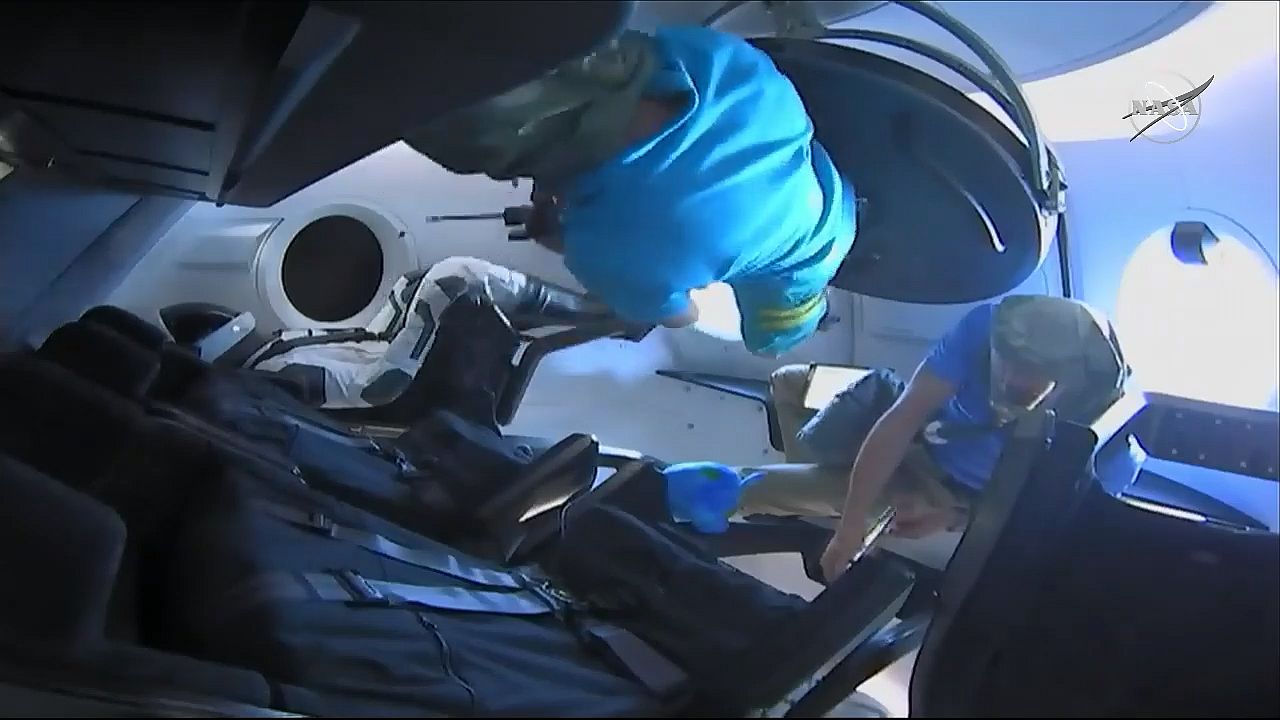
And Space X isn’t alone in this effort; Boeing Corporation also has a human capable space capsule called the Starliner that is scheduled to conduct its unmanned test sometime in April. Both of these companies’ efforts are a part of NASA’s commercial crew program whose intention is to ‘hand off’ the transportation of cargo and personnel up to Low Earth Orbit (LOE) so that NASA can concentrate its efforts on human exploration beyond Earth orbit.
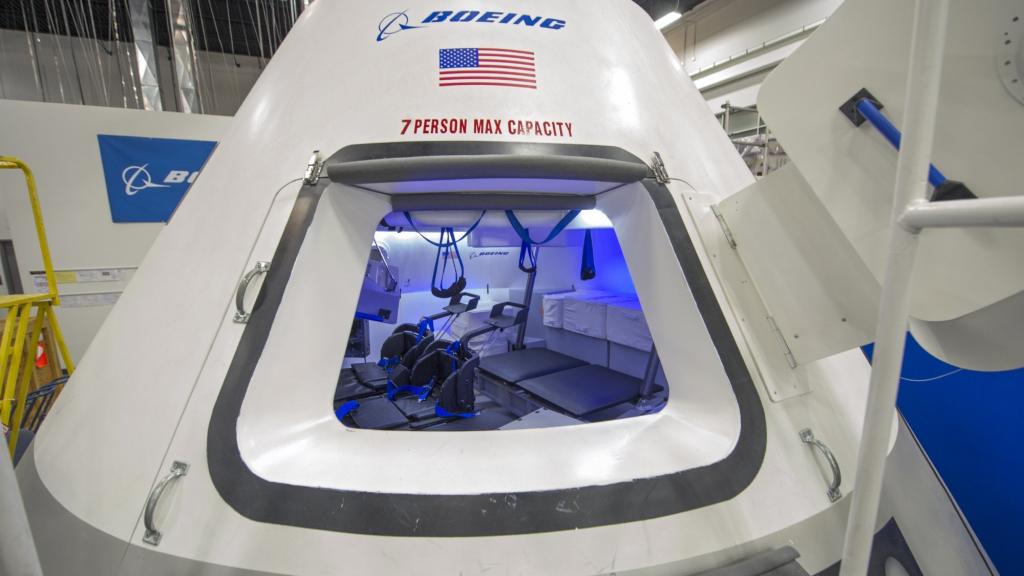
With NASA helping to fund the development of both the Dragon and Starliner capsules the two commercial companies hope to find other customers as well. The possibilities of taking patrons to space hotels along with small countries who would like the recognition of putting an astronaut into orbit without the cost of building an entire launch system could be quite profitable. In the long term the commercialization of LOE could jumpstart space travel by lowering cost while increasing access.
Of course there’s some other space news as well. Staying with NASA for the moment the space agency has announced its plan for a return to a manned lunar landing by the year 2028. The first part of this plan will be to use the Space Launch System (SLS), now nearing completion, to construct a space station called Gateway in Lunar orbit. One piece of news is the announcement by the nation of Canada that it intends to participate in the construction of Gateway, to the tune of $150 million Canadian dollars per year.
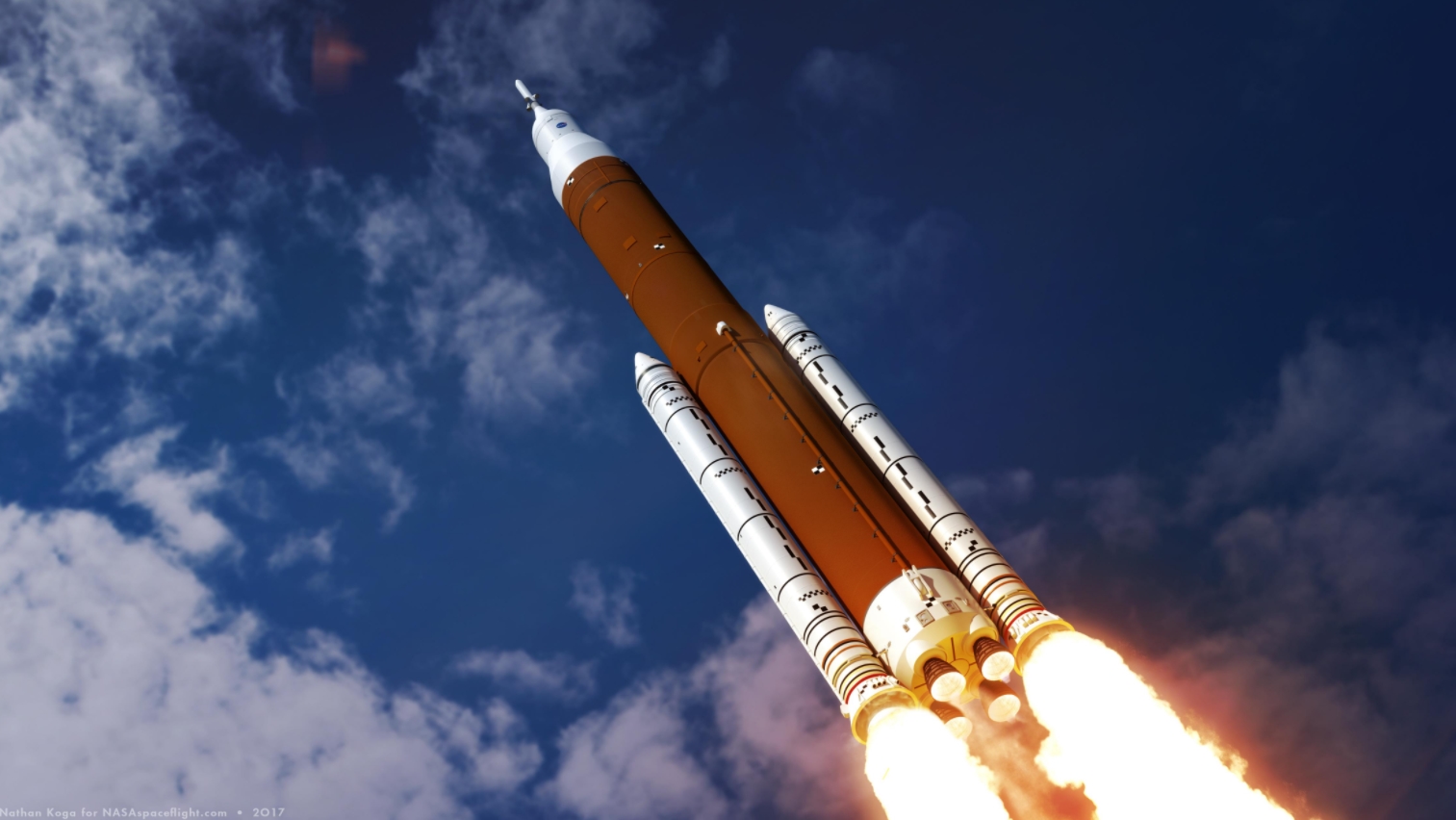
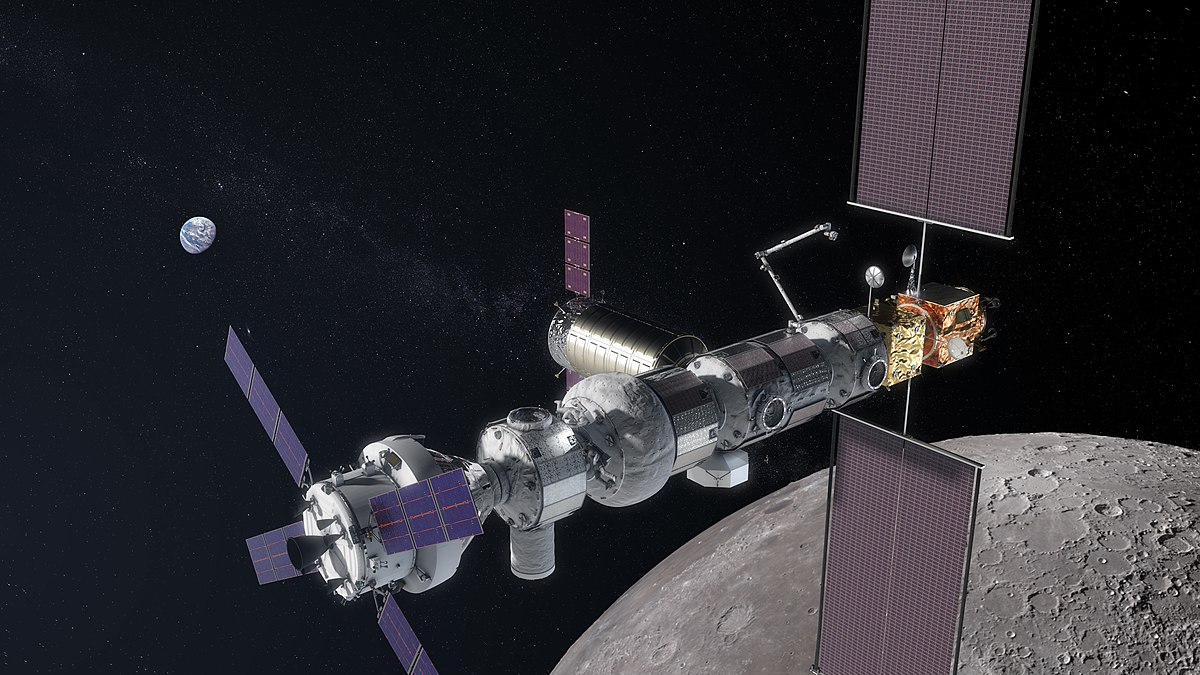
During the time that Gateway is being built in Lunar orbit a reusable lander module will be developed. That way the Gateway station can serve as a ‘parking garage’ for the lander module with the SLS taking astronauts back and forth to Gateway.
For the moment NASA is asking for bids for a robotic Lunar Lander. Nine companies have been asked to submit bids under the new Commercial Lunar Payload Services or CLPS program. These unmanned landers will be designed to carry a number of different payloads, perhaps one day including supplies to a manned Moon base.
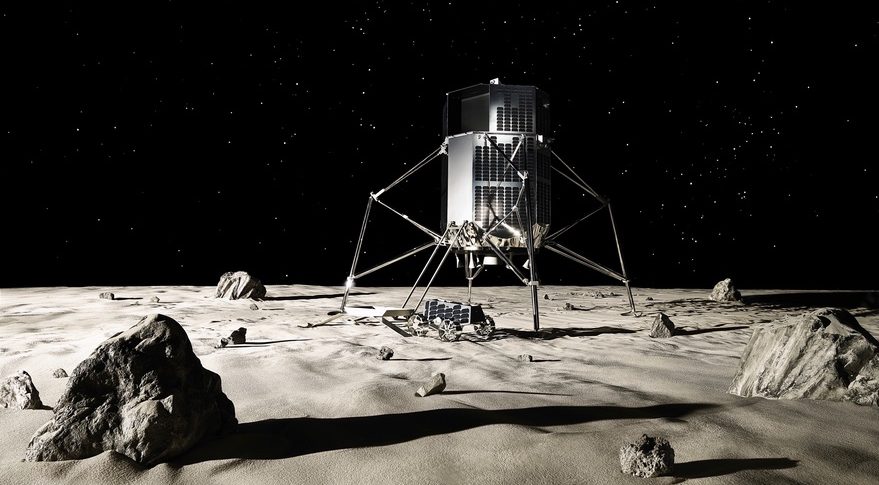
Finally, further out in space the Japanese probe Hayabusa 2 has successfully touched down on the asteroid Ryugu, you can’t call it a landing the asteroid’s gravity is too low. The asteroid is currently about 270 million kilometers from the Earth. The image below shows the shadow of Hayabusa 2 on the surface on Ryugu as it made it’s final approach.

Before making contact the probe shot a pinball-sized object at the asteroid in order to kick up a little dust for the space probe to study. Now the probe is on the surface and is preparing to take its first samples of the asteroid’s surface materials.
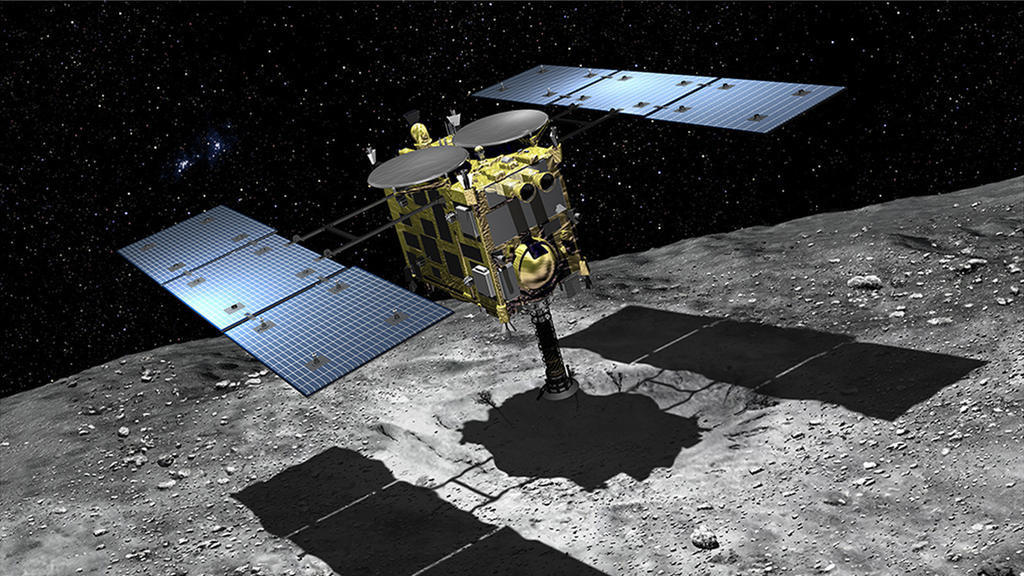
Two more landings, and sample collections are planned for Hayabusa before it begins its return trip in December of this year (2019). The material collected by Hayabusa is scheduled to arrive back at Earth just a year later in December 2020.
